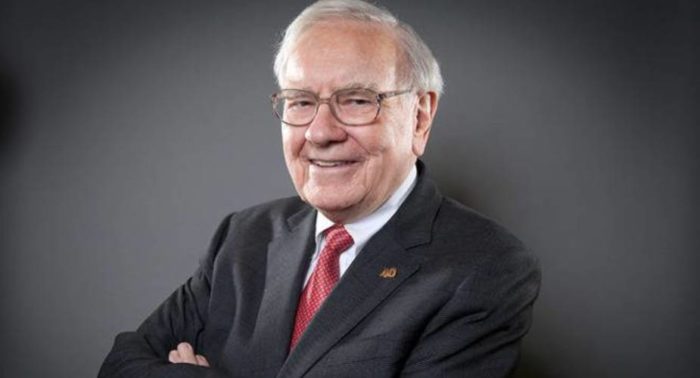Demutualization refers to the conversion of an existing non-profit organization into a profits-oriented company. In other words, an association that is mutually owned by members converts itself into an organization that is owned by shareholders. The company can take different shapes and forms, that is, it could be either a listed or unlisted company which may be closely held or publicly held. Demutualization of stock exchanges involves the segregation of members’ right into distinct segments, viz. ownership rights and trading rights. It changes the relationship between members and the stock exchange. Members while retaining their trading rights acquire ownership rights in the stock exchange, which have a market value, and they also acquire the benefits of limited liability. The shareholders in a corporatized stock exchange may be a diverse group, as members may decide to retain their shares or to sell them. Demutualization however, does not insulate them from competition. Continue reading
Investment Management
Case Study: The Story of Warren Buffett
Warren Edward Buffett, born August 30, 1930 is a U.S. investor, and philanthropist. He is one of the most eminent investors in chronicle, the basic shareholder and chief executive officer of Berkshire Hathaway and in 2008 was ordered by Forbes as the 2nd most robust person in the world on an approximated net worth of around $62 billion. Buffett is often called the “Oracle of Omaha” or the “Sage of Omaha’ and is noted for his adhesiveness to the value investing philosophy and for his own frugalness in spite of his huge riches. Buffett is also a famed altruist, having engaged to impart 85 percentage of his fate to the Gates cornerstone. He as well assists as a appendage of the board of trustees at Grinnell College. In 1999, Buffett personified described as the greatest money manager of the twentieth century in a survey by the Carson Group, leading Peter Continue reading
Advantages of Rolling Settlement
Rolling settlement system replaced the badla system from July 2, 2001. On July 2, 2001, 215 scrips were brought under the riling systems, bringing the total to 414 scrips. By January 2, 2002 all scrips were brought under compulsory rolling mode. Internationally most developed countries follow a T+3 cycle and are aiming to move to a T+1 cycle (next day settlement) or a T+0 cycle where trades are settled on the day they are executed (same evening settlement). This is system of T+0 is prevalent in Switzerland and volumes are phenomenal when compared to the T+3 system. Indian stock markets moved to the T+3 system from April 2002, in line with the recommendations of the “Group of Thirty” which suggested it as minimum international standard. The rolling settlement has many advantages. One, it reduces speculation and arbitrage in scrips as settlement occurs on a daily basis. Thus, there would be Continue reading
Investments when entire Stock Market is Under or Over Valued
Should management proceed with investing in a project with a satisfactory NPV (Net Present Value) if it has sufficient funds to do so, and if (a) the entire stock market is significantly undervalued and may well rise by 25 or 30% over the next year, or (b) the entire stock market is significantly overvalued and may well fall by 25 or 30% over the next year? In case (a), it could be argued that management should postpone the investment for a year, and invest the cash in a general portfolio of shares, realize them after a year, then take up the postponed investment, and use the capital gain either for future investment or a special dividend payment to shareholders. However, most shareholders do not expect or want the company to use their money for speculative share investments since most companies are unlikely to possess the appropriate skills to do so. Continue reading
Legal and Regulatory Framework for Mutual Funds in India
Securities and Exchange Board of India (SEBI) is the apex regulator of Indian capital markets. Issuance and trading of capital market instruments and regulation of capital market the intermediaries is under the purview of SEBI. SEBI is the primary regulator of mutual funds in India. SEBI has enacted the SEBI (Mutual Funds) Regulations, 1996, which provides the scope of the regulation of mutual funds in India. It is mandatory that mutual funds should be registered with SEBI. The structure and the formation of mutual funds, appointment of key functionaries and investors, investment restrictions, compliance and penalties are all defined under SEBI Regulations, Mutual funds have to send a seven-year compliance reports to SEBI. SEBI is also empowered to periodically inspect mutual fund organizations to ensure compliance with SEBI regulations. SEBI also regulates other fund constituents such as AMCs, Trustees, Custodians, etc. Reserve Bank of India capital adequacy(RBI) is the monetary Continue reading
Differences Between Term and Permanent Life Insurance
Life insurance is an essential financial product with the life of the insured being the subject of protection. There are two types of life insurance: term and permanent. Term life insurance begins a low premium that increases upon renewal and pays a death benefit to the beneficiaries only if the insured dies within the policy term. On the other hand, permanent life insurance has a fixed premium and is designed to offer coverage for the insured’ s entire life. Both the insurance company will pay a death benefit to the designated beneficiary after the death of an insured. Although term and permanent life insurance behave as protections to ensure the beneficiary’s benefit, they have different features: convertibility, cost, and cash surrender value. For instance, term and permanent policy offer different periods of validity. Term life insurance provides guarantees for a limited set of years, generally between 10 to 30 years. Continue reading
